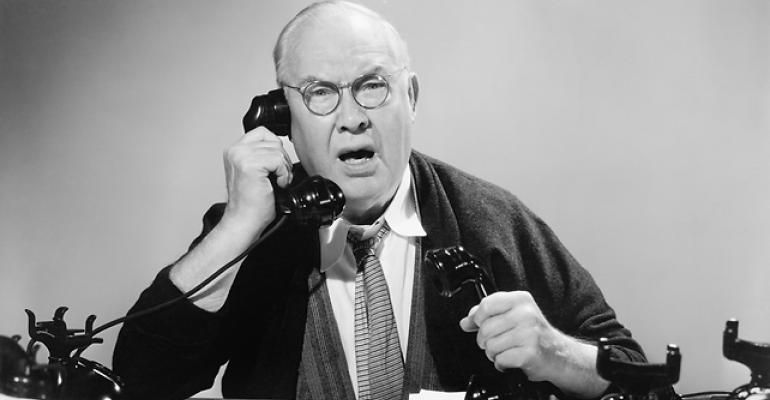Some time ago, I was describing a particular client dilemma to a colleague. After listening to my concerns, she said, “so, the question is: have you been hired to help, or are you the hired help?” Her response has stuck with me since then, as it so aptly summarizes a key question about how we, as advisors, are viewed by clients, and how, in turn, we view our clients. From my experience, clients and advisors generally fall into one of two fairly distinct camps in answer to this question. Further, I have found that client-advisor relationships work more smoothly when both parties answer the question in essentially the same way. This isn’t merely an issue of semantics, nor is it a light matter. In fact, one’s answer reflects deeply held beliefs that create quite different starting points for a client-advisor relationship. There may not be a “right” or “wrong” answer, but it could help if each advisor, and client, considered his own answer, so that we all can better understand what we are looking for in each other. In this column, I will share some observations about the two different ways to answer the question and the way that I view my own role as an advisor.
Hired Help
The mantra for advisors who see themselves as hired help is quite simple: “the client is always right.” For this group, the advisor’s role is essentially to implement the client’s wishes, not to question them. This can mean anything from effecting a stock trade to assisting in implementing a business strategy, or any number of actions that an advisor might take at a client’s request. Professionals with this philosophy find it especially disturbing if someone else on the advisory team says “no” or tries to point out reasons that the advisor should not carry out the client’s wishes exactly as ordered. These advisors can create very close relationships with clients as a result of their approach. The client can also be assured of maintaining maximum control over how things are done. The down side is that this advisor might also find it difficult to prevent negative consequences of an action, even when warning signs appear. Also, there can be damage to the advisor’s personal life as a result of the loose boundaries that can be created. If a client calls on a holiday, the advisor will keep his family waiting while he attends to the client’s needs. Clients who see their advisors as “hired help” similarly show signs of having limited boundaries. They might insist on trust distributions even if not allowed by the trust agreement. They expect their advisors to be available 24/7, even for issues that aren’t truly urgent. Hired help can get a lot done, but sometimes at personal expense and with an unexpected end result.
Hired to Help
Advisors who fall in this category tend to maintain more distance from their clients and often work best with clients who value them for their ability to say “no” and provide advice that’s not always easy to hear. They generally see that their role is more of the traditional “professional” as opposed to a “business person.” That is, while they want to make a decent living, they’re not especially concerned with leverage and scale. Their ultimate goal is generally not to build a business to sell. They often view themselves as working alongside their clients in a way that’s more akin to a “peer” relationship. They assist clients using the expertise that they’ve developed, and many get excited about the challenge of “solving problems” by applying their technical expertise to the client's specific situation. They enjoy helping clients, but not at their own expense, and many are able to keep healthy boundaries. They have open conversations with their clients about times that are “off limits” such as family holidays and vacations, except for true emergencies. Clients who are attracted to professionals in this category are, generally, more likely to understand these boundaries and value the quality of the advice, even if it’s not always easy to stomach. The greatest risk is that a “hired to help” advisor can lose influence with a client or other advisors if she uses “no” too often or in inappropriate situations. These advisors work best when they provide objective counsel that clarifies the client’s true goals and, in addition, connects them to practical ways to achieve them.
As the private wealth management field grows and transforms itself, there are many new entrants on the advisory side and numerous clients who are now facing complex issues that they haven’t addressed before. This question of the role of the advisor, and the way he’s seen by the client, is at the crux of whether and how the client-advisor relationship can be fulfilling to both sides. Personally, I prefer to be “hired to help,” even if it means that it sometimes frustrates clients and other professionals who may hold an opposing view. This approach requires some patience by all parties to get to an appropriate solution that turns out better than a quick “yes.” It also means that I have to choose my clients as much as they choose me. In the end, that’s what all clients and advisors must do.






